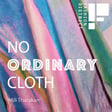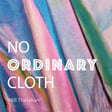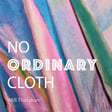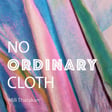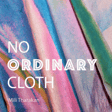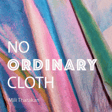
Ep8. Energy Harvesting Nanotech Fibres for Wearables and Women in Science with Sohini Kar-Narayan
🎉 In this episode as we celebrate Women’s Day in March 2024, we have a very special guest - Prof. Sohini Kar-Narayan, a leading material scientist and nanotechnology expert from the University of Cambridge, sharing with us about her passion for science and her work with nano materials for energy harvesting and self-powered sensing technology, and it’s potential for smart textiles and wearables.
🧪 This is also the story about a young girl who wanted to invent something and went on to become, among many things, one of the Top 50 Influential Women in Engineering in 2021. She was the recipient of the World Economic Forum Young Scientist Award in 2015, the Peter Day Award in 2023 and many other prestigious awards over the years. You can find out more about this on her Wiki page.
👩🏽🔬 Here, Sohini shares some of the challenges she faced as a woman navigating a career in academia in Science. From her position of leadership today, she is keen to encourage more people to explore science and gives valuable insights for others, especially women, who might be considering a career in these areas.
📍 Sohini not only invented many thing but is using one of her invention to transform the effectiveness of hip surgeries with the force-sensing technology in her startup ArtioSense so learn more about this here as well. She also candidly shares about navigating the world of start ups, the new skills she has had to pick up compared to her life as an academic researcher. I have been there and I know this is a difficult transition so if you are in a similar place, do join us to learn more from Sohini.
If you are interested to learn more about Sohini's research and startup, please check out the links below:
University of Cambridge - Research
Artiosense - force sensing technology startup
Connect with Mili Tharakan
Insta: @noordinarycloth
Linkedin: https://www.linkedin.com/in/mjtharakan/
Cover art: Photo by Siora, Photography on Unsplash
Music: Inspired Ambient, Orchestraman
